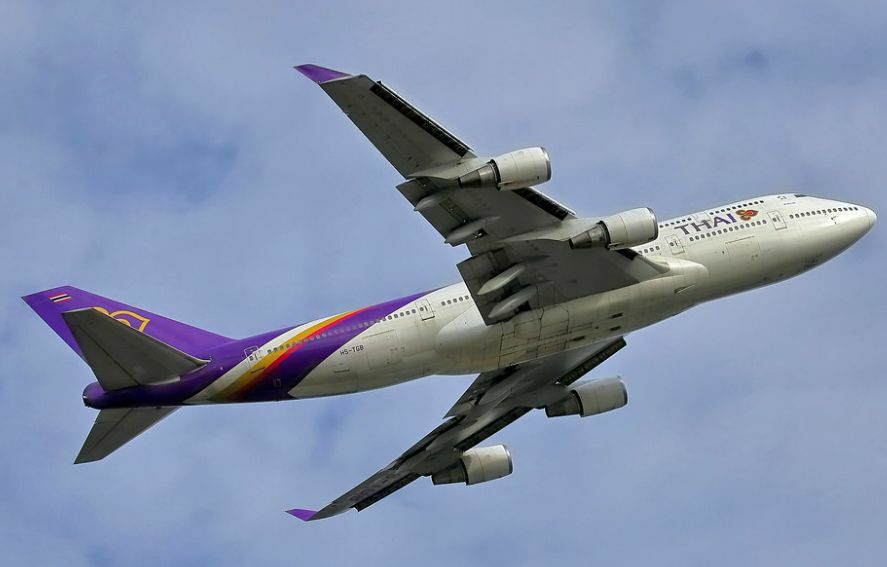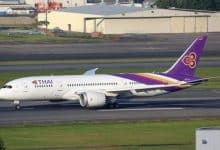Thai Airways reports profitable Q4, driven by Chinese visitor surge

Thai Airways International Public Company Limited (THAI) announced a profitable fourth quarter, marking the fourth consecutive quarter of profits, underpinned by a steady recovery in passenger numbers amid the Covid-19 era. The growth has been particularly driven by a surge in visitors from China.
Thai Airways recorded a net income of 1.54 billion baht (US$43 million) for the quarter ending in September, marking a significant turnaround from the loss of 4.79 billion baht experienced during the same period last year, according to their recent exchange filing.
The data reveals that passenger numbers have risen to 3.27 million, an increase of 22% from last year’s corresponding quarter. This period was when Thailand had just begun to lift Covid-related travel restrictions. Notably, despite the low tourist season, the influx of visitors from China saw an impressive 13% increase from the last quarter, reaching 1.05 million.
As a result of the resurgence in global travel and the easing of visa regulations in Thailand, THAI is planning an earlier-than-projected exit from court-supervised debt restructuring by the end of next year. The airline, which reported annual losses for all but two years since 2013 and filed for bankruptcy protection in 2020, has seen most creditors agree to extend terms and reduce some interest repayments as part of a rehabilitation scheme.
The last quarter saw the airline’s operating profit, before finance costs and one-time items, skyrocket by 97% to 7.72 billion baht. This comes in the wake of a drastic restructuring during the Covid pandemic, which saw the company halve its workforce.
Currently, THAI is revitalising its operations, operating with around 65 aircraft, a reduction from the pre-pandemic number of 103, reported Bangkok Post.
Meanwhile, THAI is gearing up to launch non-stop flights between Bangkok and Istanbul, starting on December 1. The introduction of these direct flights is expected to enhance THAI’s connectivity and cargo capabilities, not just within the Asia-Pacific region but also extending to Africa and various other areas. Read more HERE.
Latest Thailand News
Follow The Thaiger on Google News:


























